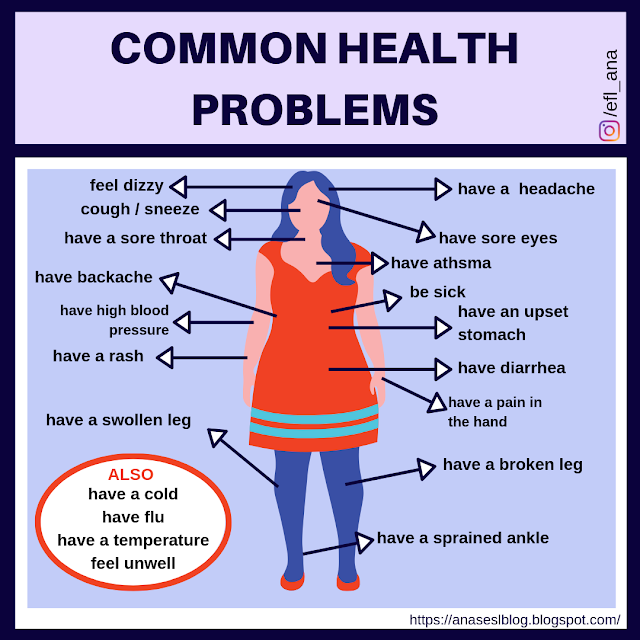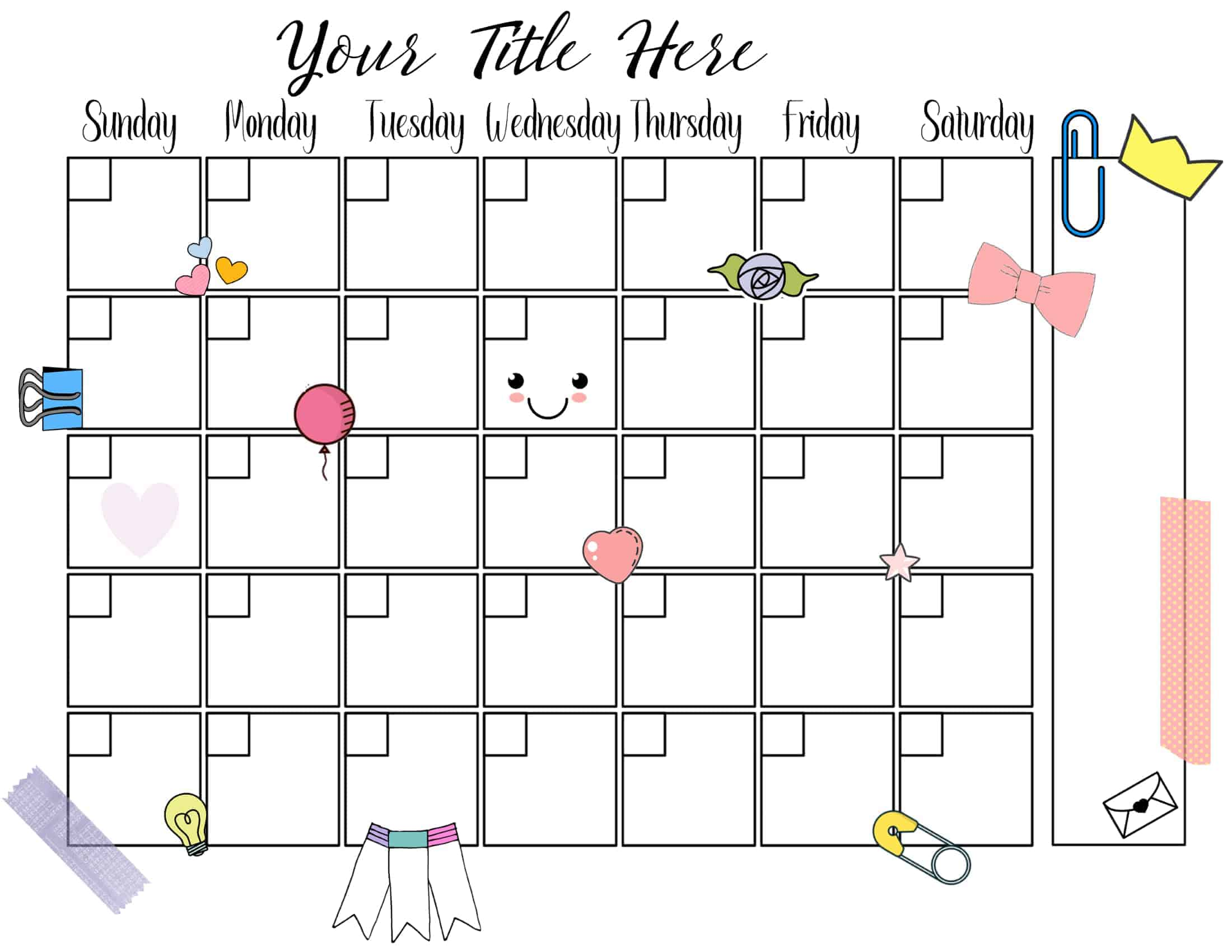A bong is a device that is used to smoke herb or tobacco by filtering and cooling the smoke through water. Bongs are also known by other names, such as water pipes, bubblers, bingers, or billys. Bongs have been around for centuries, and they come in different shapes, sizes, and materials. In this blog post, we will explore the history, types, and benefits of bongs, as well as some tips on how to use them safely and responsibly.
The history of bongs
The word bong is derived from the Thai word “baung” (บ้อง), which means a bamboo tube or cylinder used for smoking. Bamboo bongs were used by the Hmong people in Laos and Thailand, as well as in Africa, for hundreds of years. Some of the earliest evidence of bong use dates back to 2400 years ago, when Scythian tribal chiefs in Russia smoked cannabis and opium using gold vessels.
Bongs were also invented independently in other parts of the world, such as India, China, and Persia. In India, physician Hakim Abul Fath suggested that tobacco smoke should be passed through water to make it less harmful in the 16th century. In China, bongs became the most popular way to smoke tobacco during the Qing Dynasty (1644-1912), and were even preferred by Empress Dowager Cixi over snuff bottles. In Persia, hookahs were used to smoke flavored tobacco with water and charcoal. Hookahs are similar to bongs, but larger and more ornate.
The types of bongs
Today’s bongs are more sophisticated than the simple bamboo tubes of the past. They can be made of glass, metal, ceramic, plastic, or silicone, and they can have various features and designs. The basic components of a bong are:
- A bowl: This is where you put your herb or tobacco. It can be removable or fixed to the bong.
- A downstem: This is a tube that connects the bowl to the base of the bong. It can be straight or angled.
- A base: This is where you fill water to filter and cool the smoke. It can be round, flat, or shaped like a vase.
- A neck: This is the cylindrical part of the bong that rises from the base. It can be straight or curved.
- A mouthpiece: This is where you inhale the smoke from. It can be wide or narrow.
- A carburetor: This is a hole that allows you to control the airflow in the bong. It can be located on the bowl, the downstem, or the neck. You cover it with your finger while smoking, and release it to clear the smoke from the chamber.
Some bongs also have additional features, such as:
- A percolator: This is a device that creates bubbles in the water to further filter and cool the smoke. It can be located in the base or in the neck of the bong.
- An ice catcher: This is a notch or a chamber in the neck of the bong that holds ice cubes to cool down the smoke even more.
- A splash guard: This is a dome or a disc that prevents water from splashing into your mouth when you inhale.
- A diffuser: This is a type of downstem that has slits or holes at the end to create more bubbles and smoother smoke.
The benefits of bongs
Bongs are popular among herb and tobacco smokers for several reasons. Some of the benefits of bongs are:
- They provide a smoother and creamier hit than joints or pipes. The water cools down the smoke and reduces its harshness on your throat and lungs.
- They filter out some of the tar and toxins from the smoke. The water traps some of the particulate matter and carcinogens that are produced when herb or tobacco burns.
- They conserve your herb or tobacco. Bongs deliver a more potent hit than joints or pipes because they allow you to inhale more smoke at once. This means you need less material to get high or satisfied.
- They enhance the flavor and aroma of your herb or tobacco. The water preserves some of the terpenes and flavonoids that are responsible for the taste and smell of your product.
- They offer a variety of styles and options. You can choose a bong that suits your personality, budget, and preferences. You can also customize your bong with different accessories and attachments.
The tips on using bongs
Bongs can be fun and enjoyable, but they also require some care and caution. Here are some tips on how to use bongs safely and responsibly:
- Clean your bong regularly. Dirty bongs can harbor bacteria, mold, and residue that can affect your health and the quality of your smoke. You can use rubbing alcohol, salt, and hot water to clean your bong, or buy a specialized cleaning solution.
- Change your water frequently. Stale water can also affect your health and the quality of your smoke. You should change your water before every session, or at least once a day.
- Use fresh herb or tobacco. Old or low-quality herb or tobacco can ruin your experience and expose you to harmful chemicals. You should store your herb or tobacco in a cool, dark, and dry place, and use it within a reasonable time.
- Don’t overfill your bowl or your base. Overfilling your bowl can cause your herb or tobacco to burn unevenly or spill over. Overfilling your base can cause water to splash into your mouth or overflow from the carburetor. You should fill your bowl about halfway, and your base about one-third.
- Don’t inhale too hard or too long. Inhaling too hard or too long can cause you to cough, choke, or waste your smoke. You should inhale gently and steadily, and hold the smoke in your lungs for a few seconds before exhaling.
- Don’t share your bong with others. Sharing your bong with others can spread germs and diseases, especially during a pandemic. You should use your own bong, or at least use a mouthpiece cover or sanitize the mouthpiece before passing it to someone else.
The conclusion
Bongs are devices that are used to smoke herb or tobacco by filtering and cooling the smoke through water. They have a long history and a wide variety of types and features. They offer some benefits over other smoking methods, such as smoother hits, better flavor, and more efficiency. However, they also require some care and caution, such as cleaning, changing water, using fresh herb or tobacco, and not sharing with others. Bongs can be a great way to enjoy your herb or tobacco, as long as you use them safely and responsibly.
: How Does a Bong Work? Benefits, Risks, and Myths – Healthline https://www.healthline.com/health/how-does-a-bong-work
: Bong – Wikipedia https://en.wikipedia.org/wiki/Bong
: What Is a Bong? Weed Bong Definition | Weedmaps https://weedmaps.com/learn/dictionary/bong
: What Is a Bong? | Leafly https://www.leafly.com/learn/consume/smoke/what-is-bong





